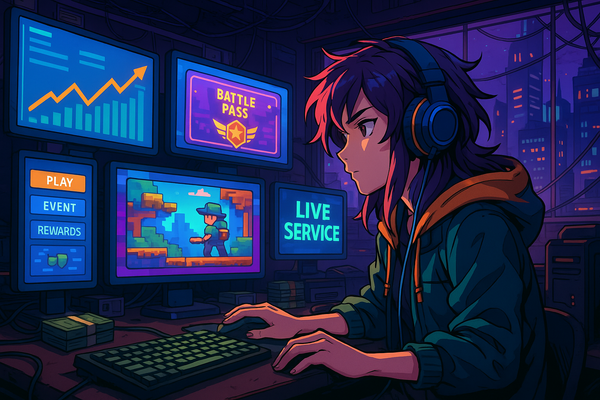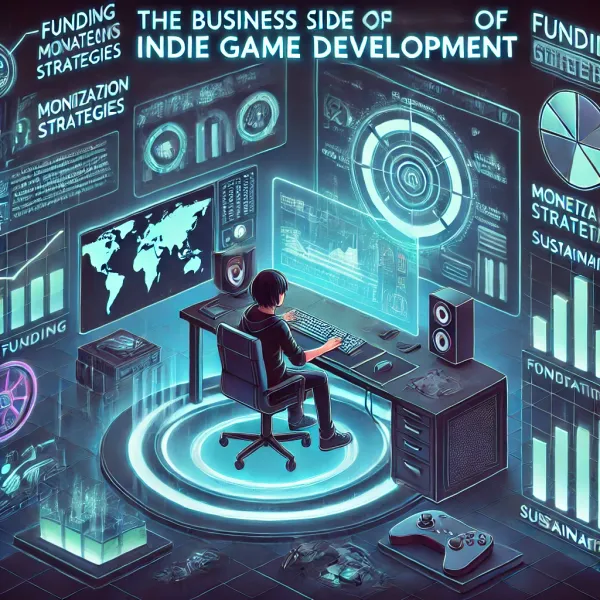Free-to-Play with microtransactions: Building a profitable game without alienating players
The free-to-play (F2P) model has revolutionized the gaming industry, offering developers a way to attract a large player base by removing the upfront cost barrier. However, the key to making this model profitable lies in microtransactions—small in-game purchases that provide additional content, cosmetics, or convenience. This article explores how indie developers can successfully implement microtransactions without alienating their player base, ensuring fair and engaging gameplay.
1. Why the Free-to-Play model works
The F2P model allows developers to reach a much wider audience than traditional premium models. Players are more likely to try a game if there's no upfront cost, especially in highly competitive markets like mobile and multiplayer games. Once players are engaged, microtransactions offer a way to monetize the experience. By offering cosmetic items, in-game currency, or convenience features, developers can encourage spending while keeping the core gameplay free(GameAnalytics)(Yellowbrick).
2. Designing ethical microtransactions
One of the biggest challenges in the F2P model is designing microtransactions that don’t feel exploitative. Players are generally more accepting of cosmetic items—skins, costumes, or decorations that don’t affect gameplay but allow players to personalize their experience. It’s essential to avoid pay-to-win mechanics, where players can buy advantages that unbalance the game for non-paying users. Ethical microtransactions maintain fairness and prevent alienating the broader player base(Sonamine)(pcgamer).
3. Offering value without forcing players to pay
To retain trust, developers must offer value in microtransactions without locking essential gameplay behind paywalls. Players should feel that they can enjoy the game fully without spending money. Many successful F2P games use artificial gameplay limitations—such as timers or energy systems—that can be bypassed with microtransactions, but players should also be able to progress by playing, even if more slowly.
Additionally, offering free rewards or in-game currency for completing challenges keeps players engaged. This creates a sense of fairness and encourages players to purchase additional content voluntarily.
4. Balancing microtransactions with player engagement
Maintaining a large, engaged player base is critical for the success of microtransactions. Developers can keep players coming back through regular updates, limited-time events, and new content. For example, adding seasonal events or exclusive items for holidays keeps the game fresh and gives players a reason to spend without feeling pressured. Time-limited offers can also create a sense of urgency, encouraging players to make purchases before the opportunity disappears.
5. Managing player feedback
Listening to your players is essential when implementing microtransactions. Developers should actively seek player feedback to understand how the community perceives in-game purchases. Monitoring spending behavior and engagement metrics helps fine-tune the balance between monetization and gameplay satisfaction. Adjusting offerings based on this feedback helps avoid negative publicity and keeps the game aligned with player expectations.
The free-to-play model, supported by microtransactions, can be a sustainable and profitable monetization strategy for indie developers. However, it requires careful design to maintain fairness and player satisfaction. By focusing on cosmetic purchases, ensuring players can fully enjoy the game without spending money, and regularly engaging the player base with fresh content, indie developers can successfully implement microtransactions without alienating their audience.




